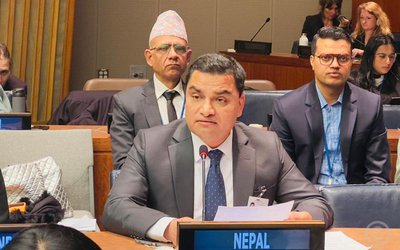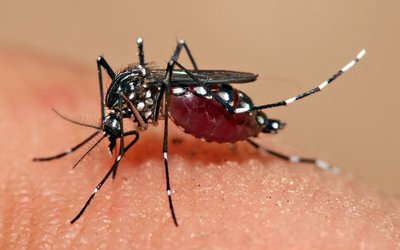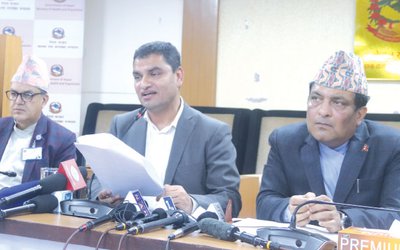Heart diseases are increasingly common in Nepal, but South Asia including Nepal is also becoming a major region for lung diseases. In fact a study that came out of McMaster University in Hamilton, Ontario, Canada last year has some frightening data for us. 38,517 healthy nonsmokers had pulmonary (lung) function studies carried out. This group consisted of people from 17 countries including India who were matched by height, age and gender. The results revealed that the “healthy” Indians had the poorest lung functions in the group of 17 countries. These findings in the Indians for all intents and purposes can be extrapolated to reflect the lung functions in Nepalis.
In many Western hospitals, there is a separate department for pulmonary function tests. Often in this department the technician can be heard exhorting the patient to “blow hard, hard hard“ into the spirometer ( lung function measurement machine). Since this test is dependent on good effort, it is important for the technician to be clearly instructing the patient during the testing. Unfortunately this simple but useful test is not commonly performed in most of our hospitals or clinics even though lung diseases( thanks to excessive air pollution and smoking) are rampant here. Even where the tests are performed the technician only half- heartedly instructs the patient to blow into the machine thus compromising the results. Because our region clearly has such poor lung functions even in healthy people, it is imperative that the lung function studies in our pulmonary patients be carried out properly in order to guide therapy.
At one time it was envisaged that the abnormal lung functions from our part of the world in healthy people was due to bad genes. However a cleverly- done study in 2010 clearly challenged this notion of bad genes. Children of Indian immigrants who were born and raised in the United States had far better lung functions than those born and raised in India. What could be an important factor to account for this difference if genes are not blameworthy?
Air Pollution which may be both indoor and outdoor in South Asia is obviously the no-brainer answer. In fact a recent astounding finding revealed there was more air pollution in New Delhi than Beijing. (Unfortunately we can rest assured that many of the cities and towns in Nepal are not far behind New Delhi in air pollution).In addition, our poor sanitation and malnutrition probably also negatively impact lung functions. In terms of pollution doing harm, scientists measure particulate matter ( PM) in the atmosphere. PM less than 2.5 microns are the true troublemakers because they are able to penetrate deep into the lungs;and due to their diminutive size, they bypass the defense mechanism of the lungs to cause abnormal lung functions and disease. Apparently recently the PM 2.5 levels were higher in parts of New Delhi than Beijing. Like New Delhi ( but unlike China, which has lately been strongly focusing on improving air pollution )we too seem to want to keep air pollutionand prevention measures away from public focus and debate regardless of the untold damage caused by this problem.
The World Health data has revealed that deaths due to chronic lung disease is the highest in our part of the world. Indeed, it is vital that we deal successfully with air pollution prevention measures not only to curb lung diseases but a whole host of other diseases now scientifically linked to air pollution such as heart attacks, strokes and lung cancer, all on the rise in Nepal.
Many of us have perhaps experienced how much better we are able to breath during a trekking trip to the mountains or evenwhile visiting another foreign city (not New Delhi). It would be nice to cough less and breathe better right here in Kathmandu.

Buddha Basnyat MD
Buddha Basnyat, MD, MSc, FACP, FRCP, Director of the Oxford University Clinical Research Unit-Patan Academy of Health Sciences, Kathmandu.
- Altitude Sickness
- Feb 20, 2018
- Post-earthquake Nepal: The Way Forward
- Dec 13, 2015
- The Annapurna Sanctuary
- Nov 29, 2015
- Diarrhea at the Summit
- Nov 08, 2015
- Altitude Sickness ( AMS, HAPE, HACE)
- Oct 15, 2015















